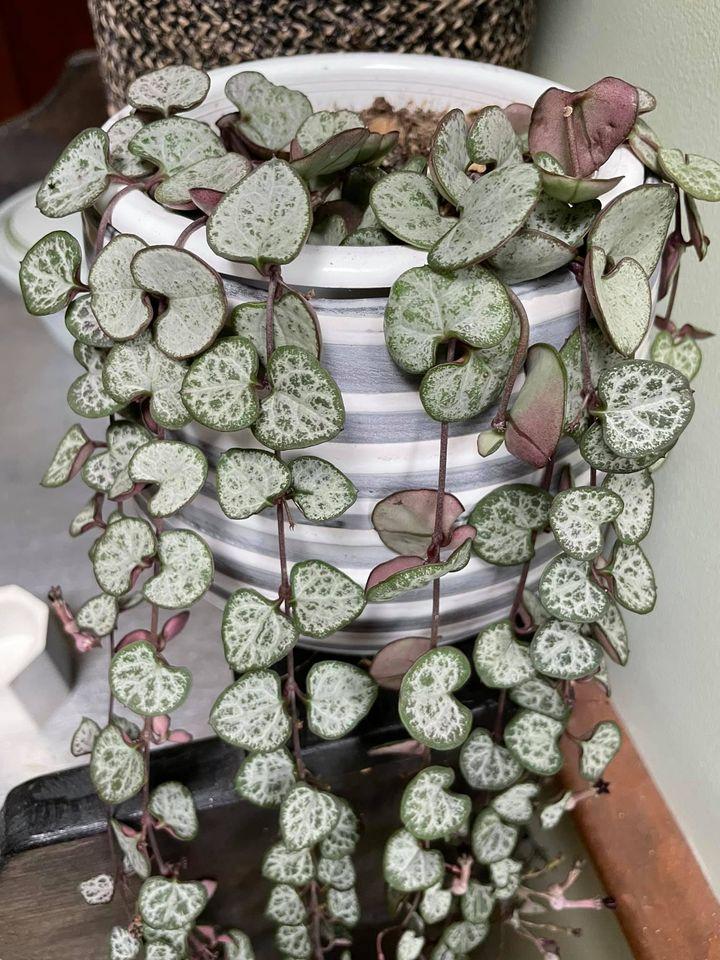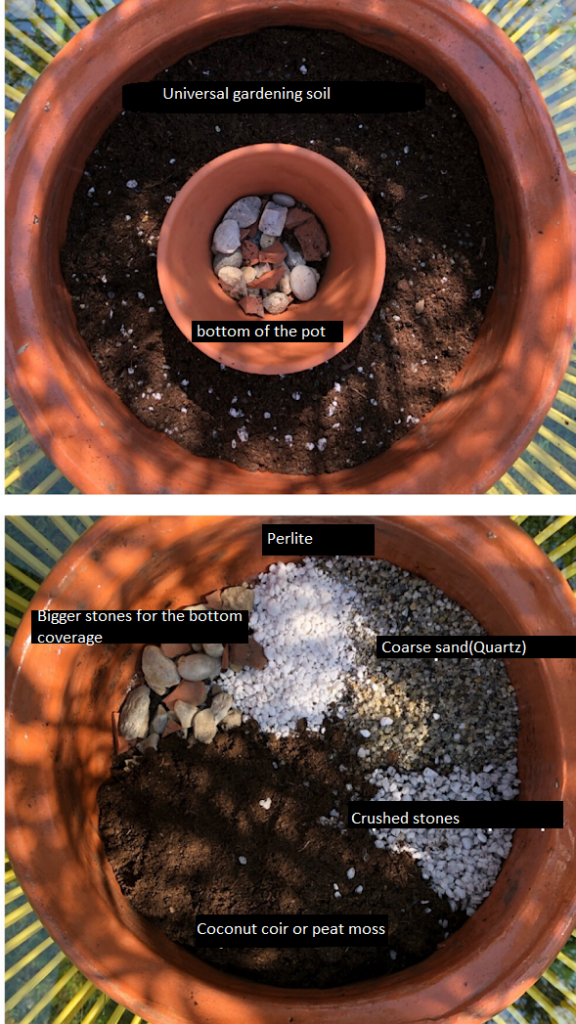Colorful, beautiful, unusual and lot more reasons to make you buy these little creatures called succulents.
What are they? How to take care of them and keep them beautiful? Where to keep them?
We will discuss below these few questions and much more.

How are succulents different from other plants?
Succulents (sucophyte) are drought-resistant plants, best thriving in arid climates. Their leaves can store water and have thicker leaves than all other plants. The name “Succulent” has origin from the Latin word meaning sap-filled leaves or fleshy leaves with a lot of water.
Succulents are interesting not only for indoor gardening but also for xeriscaping.
It is easy to take care of them if you follow a few simple rules making a big difference in their appearance.
We will start explaining all factors necessary to make your plant actively growing and beautiful.

Differences between succulents and cacti
Even though we know that cacti belong to the succulents group there, are few differences between them showing why they are separated?
- Succulents are 50 million years old, while cacti are only 20 million.
- Succulents had convergent evolution in the plant kingdom, while cacti were followed by climate changes and different conditions throughout development.
- Succulent plants have shallow roots, and all organs are modified, while cacti have leaves converted to spines and modified stems.
- Cacti are native to America’s islands (Galapagos and the Caribbean)
RELATED: Best Ways to Propagate New Succulents from Leaves and Cuttings

Succulent native land
All these pretty plants are located in different areas around the world.
Since there are so many species, their origin varies depending condition they like most.
Because we already mentioned that an arid climate is best for their growth, we can say that most of the succulents have been found in tropical and subtropical zones of the world.
Many succulents originate from Africa, South and North America, and Europe, but nowadays, they are present worldwide.
Interesting names of common succulents
1. String of dolphins – Senecio peregrinus

2. Burrito’s tail – (Sedum morganianum)

3. Christmas cactus (Schlumbergera)

4. Golden Rat Tail Cactus – (Cleistocactus winteri)

5. String of watermelon (Curio Herreanus)

6. String of hearts (Ceropegia woodii)

RELATED: Find Out How to Choose the Right Succulent Pot (Easy Guide with Tips)
7. Snake plant (Sanseveria)

8. Air plants (Tillandsia spp.)

9. Crown of thorns (Euphorbia milii)

10. Hoya heart (Hoya kerrii)

11. Zebra plant (Haworthiopsis Fasciata)

12. Money plant (Crassula ovata)

13. Panda plant (Kalanchoe tomentosa)

RELATED: Let There Be Light! How Much Light Your Succulents Need To Grow
What type of soil do they need?
Having an indoor succulent garden means adapting all the conditions for the best growth.
Succulent plants cannot stand soggy soil, and you should pot them in well-draining soil.
When knowing this, be careful and adapt the soil after your plant requirements for water and nutrients.
You can find more about making the best soil for your succulents on our site in a few articles below.
Many succulent plants do not like excess water and will rot quickly than others that is why whenever you are buying a new plant, check for the soil and water requirement and write it down.

Sun exposure
Succulents originally are adapted to direct and very intense sun exposure.
Therefore, the succulents thrive best in enough sunlight and indigent soil with organic materials. Because of this, you should ensure your plant has enough light in your home.
When bringing a new plant home, make sure to adapt it in the shade for a few days and then slowly prepare it for the light space you have.
If you place your plant directly on the sun, it might get sunburns, which sometimes are fatal and might kill your new plant.
How much sun is enough?
Depending on succulent species, they require at least 6 hours of full sun per day. If the amount of sun is not enough, most succulents show differences in their growth, mostly Etiolation – elongating parts of the plant.
After all, you have read, we suggest you find succulents that best suit your sun condition.

Watering
Since we know that all succulents store their water inside their organs, we must be careful with the watering.
Succulents are low maintenance plants meaning that they will thrive better with little water than overwatered.
It is best to look after your plants and judge their leaves to decide the best time for watering.
Following leaves morphology will tell you to add some water when leaves are ridged or shrunk. In addition, another way to make sure they need water is if the pot is lighter than before or if they look faded.


How often to water my plants?
Depending on the season, if the soil has good drainage, succulents their water storage faster or slower.
Therefore, watering should often be in the growing season and less in the hot summer or cold winter days.
Always make sure that the soil is arid before watering again. An easy trick is to use a woody stick and check water levels by sticking it inside the ground and looking if it is wet afterward.
Growing containers
For indoor plants, a massive role in growing is the type of pot you will use.
Because of the excess water, always plant succulents in terra cotta, plastic or ceramic pots with drainage holes.
We know that decorative pots are a big deal, but planting in a plastic pot and placing it inside the decorative one is a good option. Besides this, you can always make a hole in your ceramic bowl.

Temperatures
The temperature range for most succulent species is from 40-80°F. Therefore, keeping the temperature above the freezing point is good to stay on the safe side.
Anyhow, some succulents can withstand minus temperatures and stay healthy and beautiful. Those species are Sempervivum, Sedum, Orostachys and other hardy-resistant overwinter succulents.
Other than this, even low rainfall and freezing temperature may damage your plants to death; that is why succulents need to be picked up inside when the winter hits harder.

Dormancy and growing season
Green thumb for you if you have heard about dormancy until now. If not, here we provide all the details for easier managing.
Not all succulent plants grow during the same season, meaning that some grow in spring and others in autumn.
During the dormancy period, succulents rest, do not use much energy to produce new leaves or stems and do not require fertilization.
All succulent genus is different, and you might want to check after buying a new plant when the dormancy hits.
Succulents are healthy during the growing season, generating new plant organs induced by the plant hormones. Therefore, repotting and fertilization is necessary during the growing season since plants use most energy to regenerate and reproduce.

Some more questions you may find interesting
What is xeriscaping?
Xeriscaping is specialized landscaping dedicated to drought-tolerant species with low maintenance needs.
Why grow succulent species?
Besides their stunning appearance, some species, such as Agave, find use in making (hats, paper sacks, sweeteners, tequila, etc.).
Moreover, Aloe plants (Aloe Vera) have found use in medicine and cosmetics.
How to manage succulent plants pests’ problems?
There are many pests’ problems that can affect your plant growth. Some of them might be fungus gnats, mealy bugs, fungal diseases, aphids etc.
To keep your plant safe, use regular pesticides during the growing seasons.
Keep an eye on every new plant in your collection before placing it between the rests of your plants. Check regularly to see any problem or pest damage visible on leaves or stems.
How to propagate succulents?
Having more succulents is fun. There are many different ways to propagate your succulents. Most plants can be easily propagated from leaves or cutting rosettes or branches.
If you can pollinate your plants, you may propagate new plants from seeds.
Editor’s Recommendations
When is the Best Time to Change Succulent Soil?
How to Get Rid of Mold on Succulents: A Comprehensive Guide
Are Succulents Really Toxic and May Hurt Your Innocent Cat or Dog?







